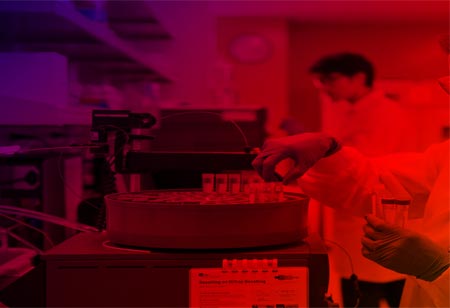Like other industries, Chemical producers are also discovering new means to distribute themselves.
FREMONT, CA: Evolutions in the customer industries, the remodeling of the business portfolios of the applicable chemical companies, growing digitization, and local changes in value creation contest the conventional distributor model.
Like other industries, Chemical producers are also discovering new means to distribute themselves. E-commerce platforms get consumers and manufacturers closer together and examine the extra value of a distributor.
Digital tools such as robotic process automation (RPA) and artificial intelligence (AI) considerably lessen the complexity and automation of operations and lower the requirement to shift services to chemical distributors.
To stay competitive, chemical distributors must sharpen and readjust their business model, much like chemical businesses. The model of the broadband supplier with an extended industry, customer, product, or market portfolio seems too uniform and is coming under growing pressure.
Thus, distributors move vertical integration or particularize in industry segments, like specialty chemicals or pharmaceuticals. Yet, this procedure entangles risks. The interaction between distributors, chemical producers, and clients is blurred; distributors are growingly contending with chemical producers.
Creating specific main competencies in sales markets improves the pressure on chemical producers to crucially examine the business basics and the degree of outsourcing to distributors.
Despite the hazards the cooperation with the chemical producers (and their customers), three tactical directions offer distributors the chance to concentrate on the differences in the chemical industry. These strategies can also be executed in combination with each other.
1. Functional and regional specialization
One clear option is to particularize in chosen industry segments or a region. The different requirements in global growth markets need the evolution of specific local competence via market access, regulation, logistics, infrastructure, or local production structures, which many—particularly small and medium-sized—chemical producers cannot manage.
2. Evolution as a solution provider
Distribution's business model is generally not concentrated on chemical products, and numerous distributors have created extensive industry ability outside of chemical production. Developing that capability and forming ecosystems from numerous vendors to set holistic solutions for chosen industries—like industrial cleaning instead of distributing cleaning chemicals, wastewater treatment instead of chemicals sales, and plastics portfolio and application consulting in chosen markets—could unlock the keys to distinction.
3. Associations with digital merchants
New contestants are allocating to the chemical industry and its market parts; digital platforms present a prospect here. These platforms allow broad and effective market access even for small and medium-sized clients in immature markets. Simultaneously, chemical distributors attempt to digitize their business model and obtain efficiencies. Their competitive edge over digital retailers shrinks regarding market and client access and understanding benefits in underdeveloped markets. Yet, unlike digital retailers, they have clear chemical distribution and product improvement expertise. A partnership or merger would give beneficial strategic benefits.

